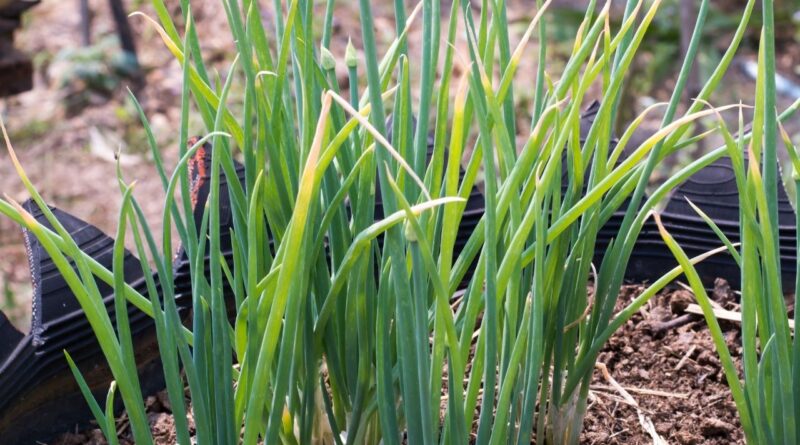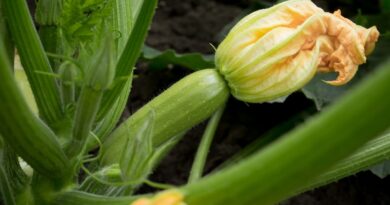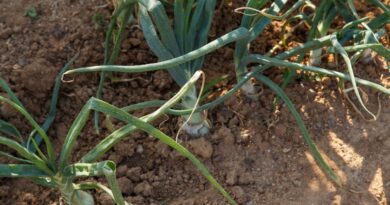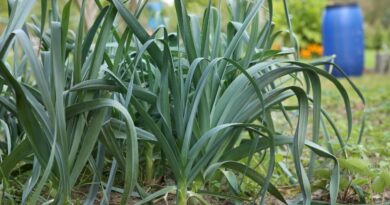How to grow Spring Onion
Sometimes referred to as bunching onions, green onions,welsh onions or scallions, these are perennial onions that do not develop bulbs. They have thick, round, hollow stems that are bright green. The leaves have a mild onion flavour and are commonly used in salads and different dishes. These onions produce lovely greenish-white flowers that are slow to develop and bloom.
Ecology
Altitude: Grows well in altitudes of upto 2500m above sea level.
Annual rainfall: 650-800mm
Temperature: 15-21 degrees celsius
Soil Type: Fertile, loose, well draining soil
Soil pH: 6.0-7.5
Sowing method
Varieties: White lisbon
Seed rate: 5 kg per acre
Sowing Depth: Sow seeds in rows about 15 cm apart, 1 cm deep and cover lightly with soil and mulch.
Germination Period: Takes 7-10 days
Transplanting Period: Seedlings are transplanted 6 weeks after sowing. They are transplanted in 3 cm deep trenches.
Spacing: 8-10 cm between plants
30 cm between rows
Light requirement: Full sun/ partial shade
Water: Onions require light and frequent watering. They require about 1 inch of water per week.
Feeding:
Prepare the nursery bed by adding well decomposed manure or compost and mixing it with the soil. The nursery should be drenched with a seaweed fertiliser to break seed dormancy and ensure uniform germination. Subsequent applications of seaweed should be done every 14 days at a rate of 5ml per 20 litre of water.
Mix humic powder with manure at the rate of 1kg humic powder into 1 ton of manure. Apply the mixture of manure or compost into the final planting beds/field at least 1 month before planting. Add bone meal fertiliser in the beds at the rate of 2kg per 10 square metre. Apply manure or compost at the rate of 2-3 tonnes per acre.
Seaweed fertiliser should be sprayed as a foliar feed at the rate of 10ml of seaweed per 20 litres of water at 15 day intervals. Discontinue fertilising approximately 4 weeks prior to harvest.
Harvest period: 60 days
Harvesting and Storage: Spring onions are harvested when the leaves are succulent and the stems reach a diameter of about 0.5 inches. Harvesting is done by uprooting the entire plant, cleaning and tying them in bunches.
Spring onions can also be harvested by cutting off the leaves as needed throughout the season. Leaves grow back quickly and can be cut down several times.
Common Challenges:
Pests
Onion thrips- Adult thrips and nymphs feed on the base of the plant within the leaf sheaths. attacked leaves have sunken silvery patches. Under severe attack the entire plant appears silvery and later they wither, dry up and die. The pest excreta appears as black spots on the silvery leaves.
Onion fly- Onion fly maggots are the most destructive stage of the fly. They eat lateral roots causing tunnels into the taproot. They are also found inside developing onion bulbs and their feeding exposes the plant to infection by diseases like bacterial soft rot.
Nematodes- Stem and bulb nematodes affect onion and garlic production. Migratory feeding by these nematodes creates cavities leading to shortened, distorted or collapsing leaves and bloated tissues. The bulbs often soften at the neck. Bacteria, fungi and onion maggots may then cause soft rot and accelerate the decay of the bulbs.
Allium leaf miners- Tiny leaf miner flies lay their eggs inside the leaves of onions. Their larvae feed on the leaf tissues and can eat their way down to the roots creating little white trails on the leaves. The trails left by the mines can become infected with bacteria or fungi which can destroy the plant.
Diseases
Rust- This is a fungal disease caused by high humidity, high temperatures and overcrowding. It appears as small reddish dusty spots on leaves. Heavily infected leaves turn yellow and die prematurely.
Onion downy mildew- A fungal disease caused by cool, humid and poor drainage conditions. It is characterised by formation of lesions near the tips of the older leaves, yellow patches covered with grey wet fields. Leaf tips shrink, turn pale brown and later die.
Botrytis leaf blight- This disease affects the leaves causing white spots and leaf tips to wilt and die back. In severe cases it causes all the foliage to die. Wet weather can cause spores to germinate and spread rapidly.
White rot- This disease causes a white mat of fungal growth to form at the base of the roots. Later numerous rounded black fungal bodies develop. The leaves of diseased plants decay at the base, turn yellow, wilt fall over and die. The older leaves are usually the first ones to die. The plants can be pulled out easily because the roots are usually rotted.
Tips:
- Besides seeds and transplants, spring onions can also be propagated by dividing established plants.
- To get long blanched stems and much longer edible greens, mound soil around the plants as they grow, adding a couple more inches with every addition. This process is known as hilling.
- Succession planting can be done every 3-4 weeks for continual supply.




